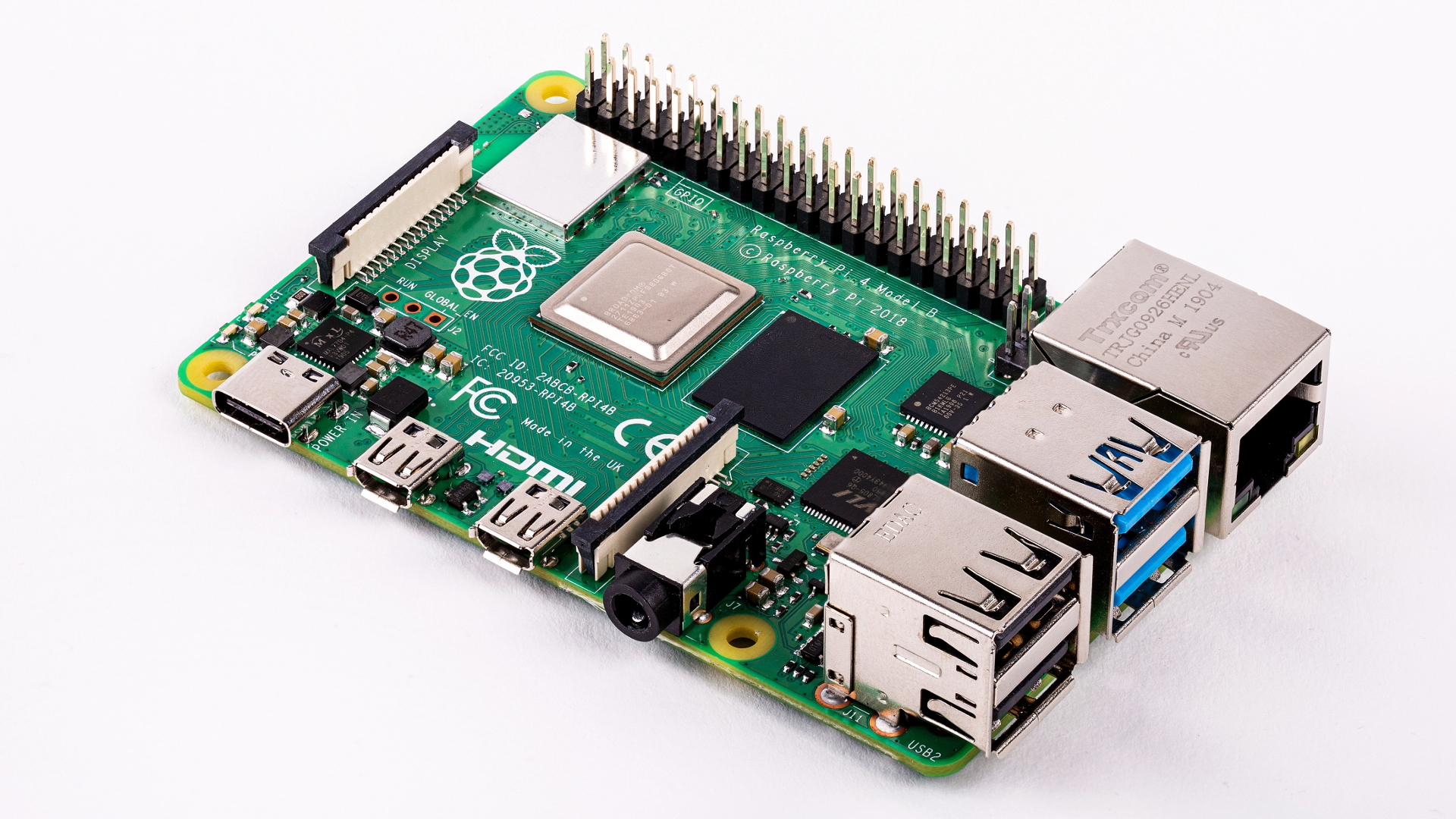Raspberry Pi 4 is on sale with 3x faster CPU and dual 4K monitor support for $35

The Raspberry Pi 4 has been launched, and the latest iteration of the popular compact computer board introduces a much faster processor, plus a selection of models with different amounts of RAM, starting from £34 or $35 (around AU$50).
The new CPU is a 1.5GHz quad-core ARM Cortex-A72 (64-bit) which is three times as fast as its predecessor, the Pi Foundation promises, and it’s capable of driving a pair of 4K monitors to boot.
- Windows 10 on ARM runs on the Raspberry Pi 3
- How to install Ubuntu on the Raspberry Pi
- Best Raspberry Pi distros in 2019
Note, though, that the board has a pair of micro-HDMI ports, rather than the previous full-size connector, so you’ll need to buy an adapter to use a standard HDMI cable – fortunately that accessory is a mere £1.50 (around $2, AU$3), or an official (4Kp60 capable) micro-HDMI to HDMI cable will set you back $5 (£4, $7).
You also get a pair of USB 3.0 ports, alongside two USB 2.0 connectors, a Gigabit Ethernet port, and on the wireless front, 802.11ac dual-band Wi-Fi and Bluetooth 5.0.
You can further choose between a board which has either 1GB, 2GB, or 4GB of LPDDR4 SDRAM.
Desktop PC performance
The selling points here are a much faster boot-up time, and way faster overall performance than the Pi 3 – in fact the new Pi is comparable to an entry-level desktop PC, but obviously at a much cheaper price.
As the Raspberry Pi maker puts it: “For the first time we provide a PC-like level of performance for most users, while retaining the interfacing capabilities and hackability of the classic Raspberry Pi line.”
Sign up for breaking news, reviews, opinion, top tech deals, and more.
The Raspberry Pi 4 Model B with 1GB of RAM is priced at £34 or $35 (around AU$50), and you’ll pay £44 or $45 (around AU$65) for the 2GB version, and £54 or $55 (around AU$80) for the top-end offering with 4GB of RAM.
The Pi 4 is available to buy now, although some retailers seem to be limiting the product to one unit per order, presumably anticipating some heavy initial demand.
The manufacturer has concentrated on making sure the new model is backwards-compatible, not just in terms of software, but also with the form factor and size of the hardware, so you can drop it into any of your existing Raspberry Pi projects to easily upgrade an older board.
- You can turn your Raspberry Pi into a retro games console or a Steam Link
Darren is a freelancer writing news and features for TechRadar (and occasionally T3) across a broad range of computing topics including CPUs, GPUs, various other hardware, VPNs, antivirus and more. He has written about tech for the best part of three decades, and writes books in his spare time (his debut novel - 'I Know What You Did Last Supper' - was published by Hachette UK in 2013).